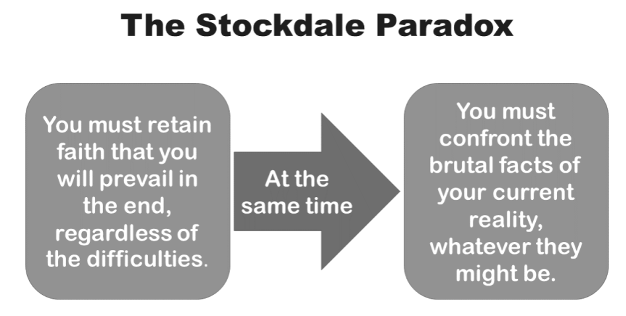How can EMS companies keep their supply chain functioning in these difficult times?
As Brexit, the pandemic, the Russian invasion in Ukraine, and rocketing transport, energy and raw material costs all continue to have impact on global supply chains, John Dignan, Managing Director, Dynamic EMS asked what EMS (Electronic Manufacturing Services) companies can do to mitigate the impact of these issues that are mostly outside their control.
The mix of events is drastically reshaping the world and, in the process, creating extremely difficult operating conditions for many EMS companies. They may have large order books, but they often cannot get balance material to capitalise on them.
The lack of availability on electronic components – and the exorbitant cost when they do become available – is unpalatable for many. The ‘hopeism’ that the final part of the bill of materials (BoM) will clear, leads many to enter cashflow issues as money is tied up in inventory with the final piece of the jigsaw on extended lead times.
Add onto to this the current global economic landscape: inflation rising across Europe and forecast to reach 18% in the UK, general labour market shortages, lack of skilled workers, energy-price increases. The challenges continue to mount. And all this is without mentioning the worsening relations between China and Taiwan that would ultimately be the ‘Kiss of Death’ to the supply of semiconductors.
The reality is that these turbulent conditions lead us all to think differently about our abilities to optimise our global supply chains and look at supply chain positioning and velocity to our factories.
Is there anything to be optimistic about?
If anyone knows the Stockdale Paradox (“You must never confuse faith that you will prevail in the end - which you can never afford to lose - with the discipline to confront the brutal facts of your current reality, whatever they may be” - Admiral James Stockdale, Vietnam prisoner of war, quoted in Good to Great by Jim Collins), the view would be that it will get better in the future, we just don’t know when! We can only be resilient and face these brutal facts of the reality of our day and move to the psychology of survival – crisis leadership – from our familiar ‘peacetime’ approach when component products are plentiful.

If there is one thing we know, the EMS sector in the UK is plentiful on resilience.
These geopolitical events are now leading OEMs (EMS’ ultimate customers) to become increasingly impatient as end users still ‘need the product’. The theme of globalisation is retracting to one of having a local supply chain that can be agile and flexible. This will ultimately see reshoring from Asia by UK OEMs, creating opportunity for UK indigenous companies – not to mention the benefits of a ‘greener solution’. However, Asia supplies most of the world’s electronic components, so how can these opportunities be fulfilled?
Is survival the ‘new normal’ for many, or can the EMS sector create better organisational structures that embrace these challenges? Can we be chameleon like and always adapt to the environment?
The way many companies are coping is to focus on the ‘collaboration chain’ that connects component manufacturers, distributors, EMS, and end customers. Improving collaboration is one way we can build longer-term resilience into the supply chain, gaining advantages such as greater visibility and the flexibility to introduce alternative suppliers into the ‘supply web’.
Clearer visibility of end-customer demand will allow component scheduling to capture ‘areas of concern’ that will encourage supply chain specialists to look at alternative material acquisition strategies.
For many, this will involve using broker stock (if they have access) at a very high cost, or for the customer to redesign the product as quickly as possible while they secure stock in consignment until the redesign is tried and tested.
Securing inventory means they will not lose position in the distribution queue. All of this comes at a cost throughout the ‘collaboration chain’. Today, supply chains must have the adaptability to overcome continuous and rapid change.
It’s how the collaborative supply chain handles these changes, and distributes or absorbs the extra costs, that will enable companies to get out of survival mode and move forward from crisis management (Wartime CEO) to something of a more stable future.










